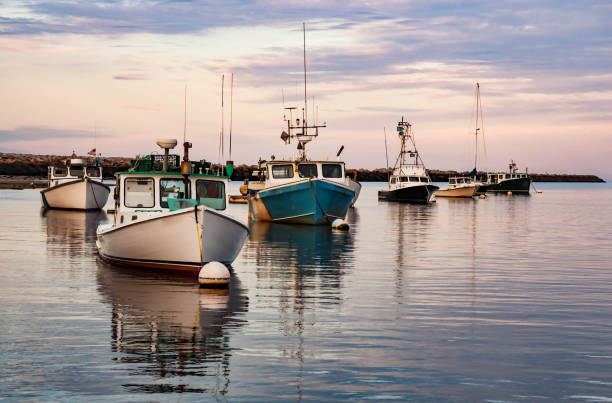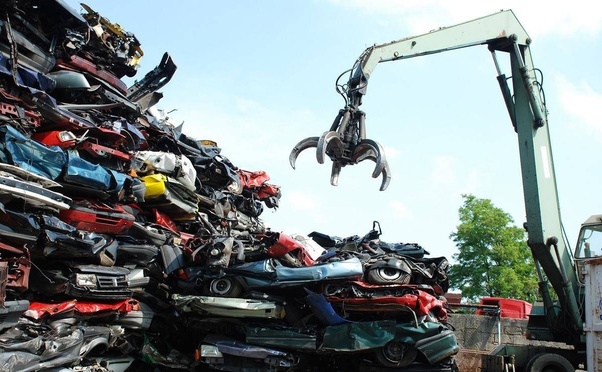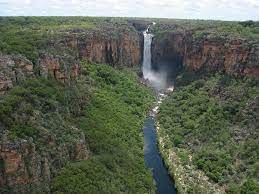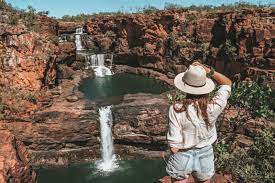Litchfield National Park is a popular stop for any Northern Territory Top End road trip. Litchfield National Park is one of Darwin’s most beautiful national parks. It boasts stunning waterfalls and great swimming holes. It covers 1500 kilometers in area and is characterized by the Tabletop Range’s sandstone plateau.
Although you can technically visit Litchfield from Darwin on a single day, it is best to spend more time camping, swimming, and hiking in this beautiful area. The area has been home to Aboriginal people for many thousands of years. Litchfield is also significant for the Mak Mak Marranunggu Koongurrukun Werat, Warranty and Werat peoples.
Litchfield was a place we visited during our stay in the Top End. We spent a few days exploring its main attractions and some off-the-beaten-path spots. This guide will help you plan a trip to Litchfield National Park.
How to Get There
Litchfield National Park’s boundary is just above 100km (62 mi) southwest of Darwin on Litchfield Park Road. It is also just off the Stuart Highway. Only the northern portion of the park can be reached by car. There are many campgrounds and waterfalls within the park.
Litchfield, located just 250 km (155 miles) from Katherine, can be reached by driving through Pine Creek and Adelaide River before turning off into the park. The Litchfield Park Road runs through the park and follows an almost-full route linking major attractions such as Florence Falls, Wangi Falls and Buley Rockhole.
How to Get Around Litchfield National Park
It is possible to wonder if you will need a 4WD vehicle to explore Litchfield. Technically, no. The Stuart Highway, which runs through the park, has been sealed. It is now possible to access the major attractions such as Wangi Falls or Florence Falls with a 2WD.
A 4WD is necessary to access some of the parks’ more remote waterfalls, swimming areas, and campgrounds.
You can rent a 4WD if you fly into Darwin. This will take you to Litchfield. We recommend booking car rentals in advance, as 4WD cars can be hard to find in the Top End.
Litchfield National Park Entry and Opening Times
Litchfield is not accessible by Park Pass, unlike Kakadu National Park. Although the national park is free to explore, camping fees are required if you plan to camp within the park boundaries.
Litchfield National Park can be accessed all year, but there may be seasonal closures to roads and waterfalls due to rainfall and wet seasons.
Best Time to Visit Litchfield National Park
Litchfield can be visited in the dry or wet season in the Top End. However, for most people, the dry season is the best time to visit the park. The waterfalls are open for swimming, and camping and hiking are more enjoyable in the dry season.
The Northern Territory is a special place to visit in the wet season. The waterfalls will be in full force, with very few people. Road closures can be common during this time, so verify ahead and follow any signs.
Which Is Better: Litchfield Or Kakadu?
Although there is some debate about which park is best, it is important not to compare the two parks. Kakadu is a vast area with much Aboriginal rock art and some of the most spectacular escarpments in Arnhem Land.
On the other hand, Litchfield is smaller and has many accessible waterfalls. Litchfield, for many, is a great destination for short trips. At the same time, Kakadu requires at least three nights to appreciate fully.
Plan to visit Litchfield, Kakadu, and Litchfield for the best experience. You will also want to spend a few nights in each park to experience the Top End of Australia truly.
Are there any crocodiles in Litchfield National Park?
Yes! Yes, Litchfield is home to saltwater and freshwater Crocs, as with all places in the Top End with extensive waterways. When swimming in the park, it is best to keep your children safe and follow all warnings and signs. Most of the swimming holes and waterfalls are safe during the dry season. However, they can still be closed if there is a sighting.
It is particularly dangerous to swim in Litchfield during the wet season. High water levels make swimming in Litchfield unsafe due to crocs living in the rivers and oceans around the Northern Territory.







